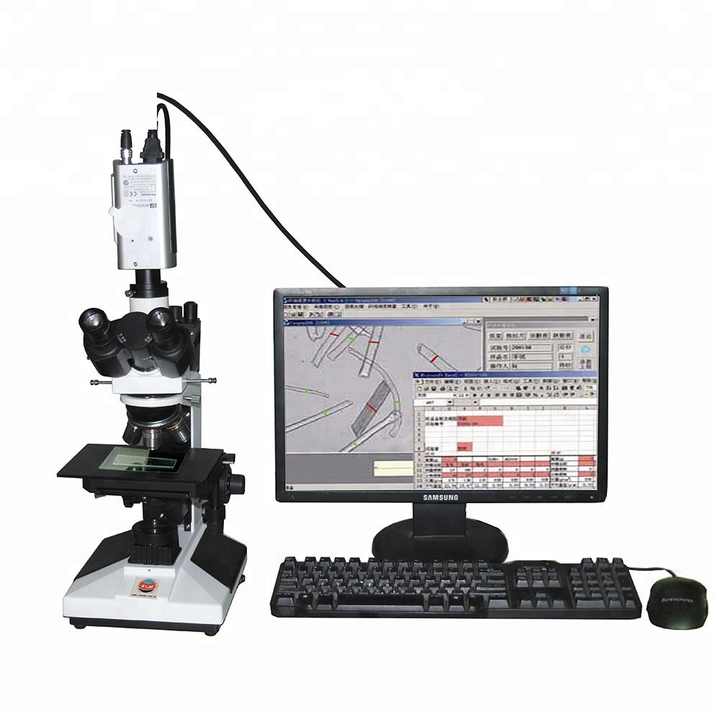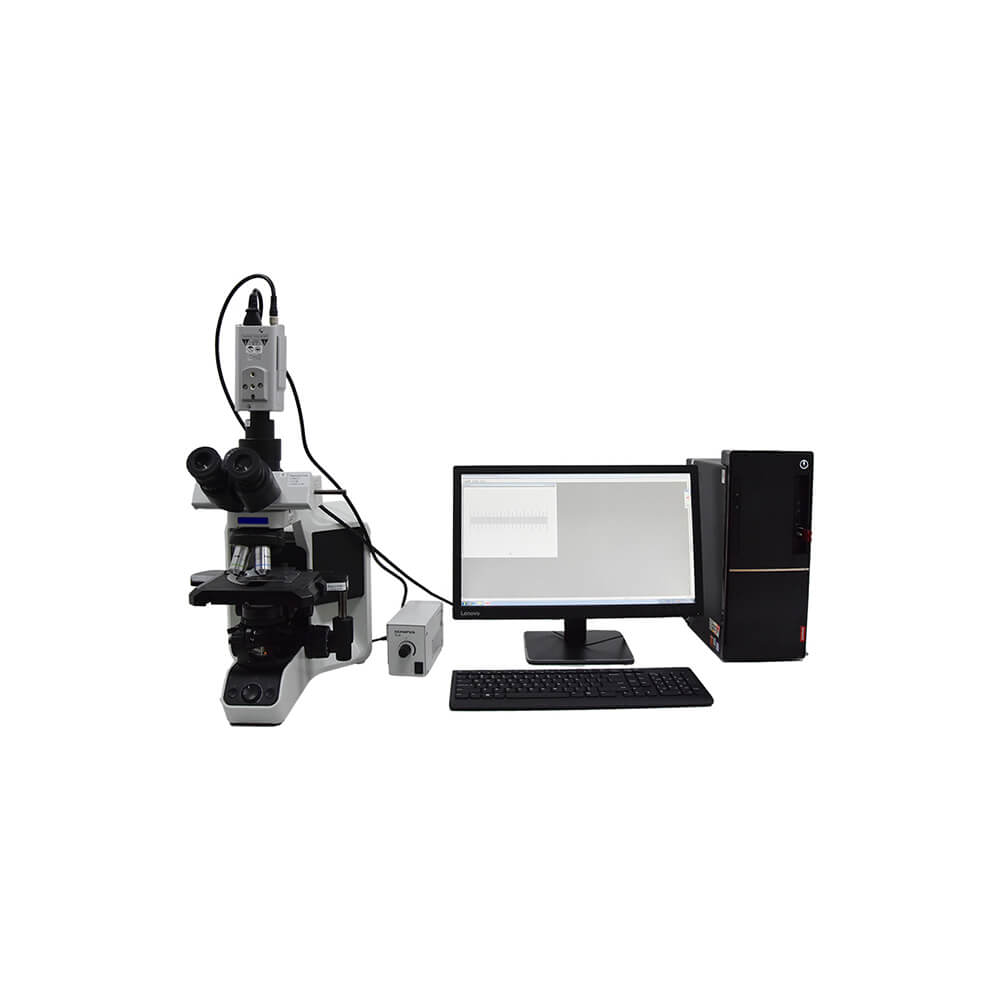Key Factors When Selecting an Optical Fibre Diameter Analyser
Key Factors When Selecting an Optical Fibre Diameter Analyser
Blog Article
Optimize Your Fibre Optic Performance: Comprehending Optical Fibre Size Analyser Innovation
The performance of fibre optic systems is seriously affected by the precision of their diameter, an element often forgot in the pursuit of optimal signal integrity. Recognizing the technology behind optical fibre diameter analysers reveals the elaborate balance in between dimension precision and production top quality.
Importance of Optical Fibre Size
The diameter of optical fibre plays a vital duty in identifying the efficiency and performance of interaction systems. It influences several essential specifications, including the setting of light propagation, attenuation, and data transfer capability. Bigger sizes commonly permit several light settings, assisting in greater information transmission prices. Alternatively, smaller sized sizes tend to support fewer modes, which can boost signal quality and lower crosstalk.

Furthermore, understanding the size's implications can cause set you back financial savings by lowering the need for signal amplification and repeaters in comprehensive networks (optical fibre diameter analyser). To conclude, the value of optical fiber size can not be overstated, as it straight affects the general efficiency and reliability of modern-day interaction systems

Exactly How Diameter Influences Signal Quality
Signal high quality in optical fibre systems hinges dramatically on the size of the fibre. The size influences a number of crucial criteria, consisting of attenuation, transmission capacity, and modal diffusion. A smaller sized diameter can bring about higher depletion prices, causing signal loss as light journeys via the fiber. This depletion can jeopardize the integrity of the transmitted information, resulting in a decrease in signal top quality, especially over fars away.
Alternatively, bigger sizes normally permit for enhanced light capture and lowered modal dispersion, boosting signal clearness. In multimode fibers, a bigger core diameter can sustain numerous light modes, but it may additionally introduce intermodal diffusion, which can degrade signal high quality. Choosing the optimal fiber diameter is important for attaining the desired performance in specific applications.
In addition, the interaction in between the fibre size and the wavelength of the light utilized plays a vital function in figuring out the efficient transmission distance and overall signal stability. Comprehending how fibre diameter impacts signal top quality is necessary for network designers and designers making every effort to optimize optical fiber systems for trusted, high-speed data transmission.
Review of Diameter Analyser Innovation
In many optical fibre production processes, precise measurement of fiber size is essential for ensuring constant performance and quality (optical fibre diameter analyser). Diameter analysers are advanced instruments designed to analyze the physical dimensions of optical fibres with high precision. They employ sophisticated optical and laser innovations to determine the size, ovality, and concentricity of the fiber, therefore providing important information for top quality control
These analysers can operate in-line throughout the production process or as part of off-line screening procedures. In-line systems allow real-time tracking, allowing producers to change specifications right away, thereby preserving optimum manufacturing problems. Off-line analysers, on the various other hand, provide comprehensive evaluations of sets, ensuring that any type of deviations from specified resistances are recognized and attended to.
Diameter analysers considerably add to the decrease of issues in optical fibers, enhancing total product integrity. By continually gauging crucial criteria, these modern technologies promote compliance with market standards and requirements. As the demand for high-performance optical fibers proceeds to climb, the role of size analysers comes to be increasingly vital in attaining the preferred top quality and performance requirements in fibre optic systems.
Secret Functions of Fibre Diameter Analysers
Although various versions of fibre size analysers exist, they commonly share a knockout post several key functions that enhance their functionality and integrity. Among the most considerable attributes is high-resolution measurement abilities, which make certain exact diameter analyses, crucial for preserving quality control in fibre manufacturing. In addition, lots of analysers incorporate sophisticated optical sensing units developed to spot minute variants in fiber diameter, thus offering very useful data for process optimization.
An additional essential function is real-time tracking, enabling drivers to get instant feedback on fiber size throughout the production procedure (optical fibre diameter analyser). This capability assists in fast adjustments and minimizes the possibility of problems. Lots of analysers also come outfitted with easy to use user interfaces, allowing operators to conveniently navigate via setups and data outcomes
Furthermore, durable information storage and evaluation performances are crucial for tracking historic performance patterns and making certain compliance with market standards. These features collectively add to the effectiveness of fiber size analysers in optimizing fibre optic efficiency.
Ideal Practices for Fiber Optimization

First, routine calibration of optical fiber size analysers is essential. This guarantees exact dimensions and reduces possible inconsistencies that might influence efficiency. Next off, preserving a tidy workplace is vital; dust and impurities can cause indicate deterioration.
Additionally, it is essential to choose fibers that satisfy certain application requirements. This entails assessing factors such as depletion, data transfer, and environmental conditions. Proper setup strategies must additionally be complied with, including staying clear of sharp bends and too much tension, which can compromise fiber integrity.
In addition, using innovative surveillance systems can help with real-time efficiency analyses, making it possible for timely recognition of concerns. Normal testing and maintenance should be performed to ensure that fibres continue to be within optimal functional criteria.
Last but not least, training workers on the current fiber optimization modern technologies and techniques will article source certainly boost their ability to carry out reliable approaches. By following these finest practices, companies can substantially improve the efficiency and lifespan of their optical fibre systems, guaranteeing effective communication and information transfer.
Verdict
In final thought, the integration of optical fibre diameter analyser modern technology is essential for optimizing fiber optic efficiency. By making sure exact measurements of fiber dimensions, these analysers considerably improve signal top quality and reduce losses during information transmission.
Signal high quality in optical fibre systems pivots significantly on the size of the fiber.In lots of optical fibre production processes, accurate measurement of fiber diameter is essential for ensuring consistent efficiency and high quality. As the need for high-performance optical fibres proceeds to rise, the function of diameter analysers ends up being significantly vital in accomplishing the desired top quality and performance criteria in fibre optic systems.
These navigate to these guys functions collectively contribute to the efficiency of fiber diameter analysers in optimizing fibre optic efficiency.
In verdict, the combination of optical fiber size analyser technology is crucial for optimizing fiber optic performance.
Report this page